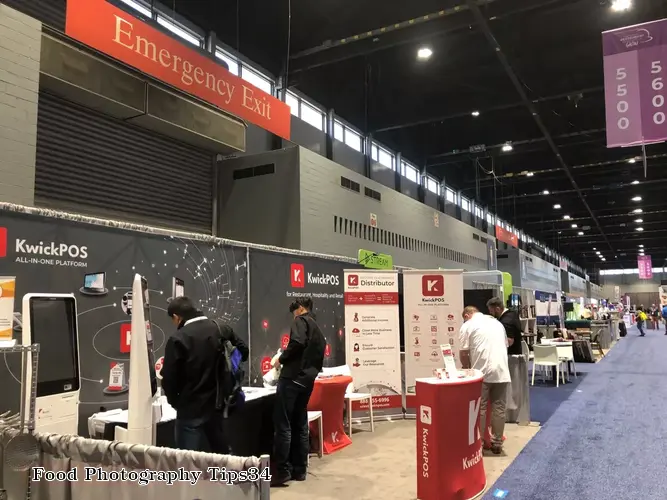

1. Use natural light whenever possible: When it comes to food photography, natural light is your best friend. If you can, try to take photos near a window or outside during the golden hour (just after sunrise or just before sunset) for the best results.
2. Style the food: Styling the food is just as important as taking the photo. Make sure the food looks appetizing and visually appealing. Use props such as plates, utensils, and napkins to add context and interest to the photo.
3. Experiment with different angles: Don't be afraid to get creative with your camera angles. Shooting from above, at an angle, or straight on can all result in unique and interesting photos.
4. Pay attention to composition: Use the rule of thirds to create a balanced and visually appealing composition. Place the food or focus point off-center and use negative space to draw the viewer's eye to the subject.
5. Use a shallow depth of field: A shallow depth of field (also known as a blurred background) helps to isolate the subject and make it stand out. Use a wide aperture (low f-number) to achieve this effect.
6. Edit your photos: Post-processing is an important step in food photography. Use photo editing software such as Lightroom or Photoshop to adjust the exposure, contrast, and color temperature of your photos.
7. Consistency is key: When it comes to restaurant food photography, consistency is key. Make sure all of your photos have a consistent look and feel to them. This will help to create a cohesive and professional-looking visual identity for your restaurant.
8. Show the restaurant's atmosphere: Food is not the only thing that can be photographed, show the ambiance of the restaurant, the decoration, the staff, and the overall experience that your restaurant offers.
9. Use a good camera: While smartphones can take great photos, using a good camera will give you more control over the settings and will result in higher quality images.
10. Practice, practice, practice: Food photography is a skill that takes time and practice to master. Keep experimenting with different techniques and don't be afraid to make mistakes. The more you practice, the better your photos will become.
By following these tips, you can improve your food photography skills and help take your restaurant's visual presence to the next level.
DISCLAIMER: This information is provided for general informational purposes only, and publication does not constitute an endorsement. Kwick365 does not warrant the accuracy or completeness of any information, text, graphics, links, or other items contained within this content. Kwick365 does not guarantee you will achieve any specific results if you follow any advice herein. It may be advisable for you to consult with a professional such as a lawyer, accountant, or business advisor for advice specific to your situation.
today
Copyright © 2025 Kwick365.com
Designed by KwickPOS is the best restaurant POS